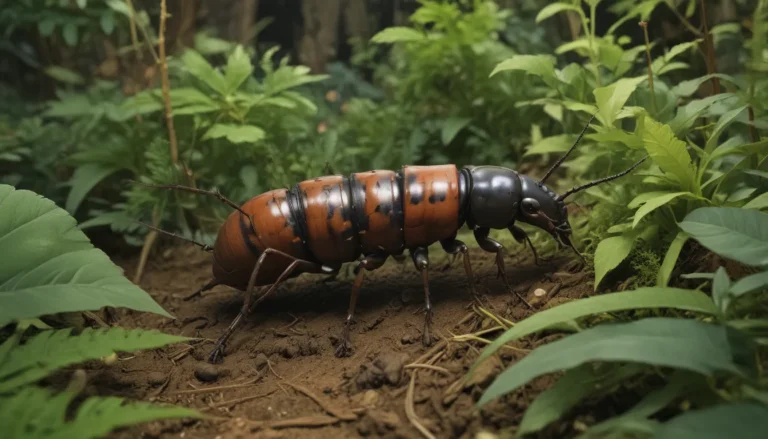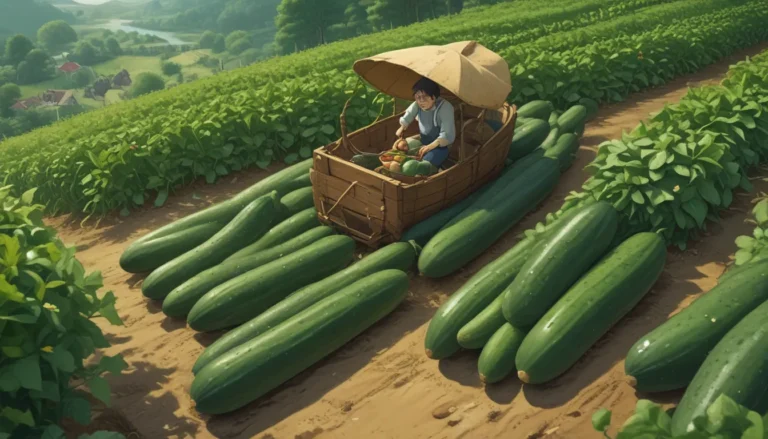Growing and Caring for Chestnuts: A Comprehensive Guide

Chestnuts, the beloved nut that has been enjoyed for thousands of years, are not only delicious but also bursting with nutritional benefits. If you’ve been thinking about growing your own chestnut trees, you’re in for a treat. These hardwood deciduous trees, belonging to the beech family, offer ornamental value as well as edible nuts.
Here’s everything you need to know about growing and caring for chestnuts:
What Is a Chestnut?
Chestnuts belong to the Castanea genus, featuring stately trees that produce sweet, flavorful nuts enjoyed by humans and wildlife alike. With a wide range of species to choose from, you can pick the one that suits your region and preferences.
Here are some key things to know about chestnuts:
- Native to temperate regions of the Northern Hemisphere
- Thrive in USDA Hardiness Zones 4-8
- Can grow up to 100 feet tall
- High in carbohydrates, fiber, and other essential nutrients
Before you start growing chestnuts, consider the space and care requirements. These trees are cross-pollinating, meaning you’ll need two compatible trees close by to produce a crop.
Cultivation and History
Chestnuts have a rich history that dates back to 2,000 BCE when they were cultivated for their nutritional benefits. The chestnut industry in the US faced challenges due to a devastating blight in the 20th century, but resilient Chinese cultivars and hybrids saved the day.
Today, chestnuts are experiencing a revival, making it an excellent time to start growing these fantastic trees in your garden.
Propagation
When it comes to propagating chestnuts, you can either grow from seeds or plant seedlings or saplings. Growing from seed is relatively easy, involving cold stratification and planting in well-draining soil.
Here are some steps for starting chestnuts from seed:
- Cold stratify the seeds in a moist medium
- Plant in well-draining soil in mid-March or later
- Consider starting seedlings indoors for better protection
For transplanting seedlings or nursery plants, make sure to choose a sunny spot with sandy loamy soil for optimal growth conditions.
Growing Tips
Here are some key tips to keep in mind when growing chestnuts:
- Select a sunny spot with well-draining sandy loam
- Provide sufficient irrigation without overwatering
- Support tree growth by weeding and maintaining clear space around the tree
These tips will help your chestnuts thrive and produce a bountiful harvest.
Species to Select
With various chestnut species to choose from, including American, European, Chinese, Japanese, and American-Chinese hybrids, you have options to suit your preferences and climate. Each species offers unique characteristics and flavors, so pick the one that fits your needs.
Here’s a quick overview of popular chestnut species:
- American: Native to the eastern US, known for its rapid growth and small, flavorful nuts
- European: Cultivated in western Asia and Europe, producing sweet nuts best when roasted
- Chinese: Native to China and Korea, known for large, tasty nuts and blight resistance
- Japanese: Native to Japan, producing bitter nuts used for ornamental purposes
Selecting the right species can ensure a successful chestnut growing experience in your garden.
Managing Pests and Disease
While chestnuts are relatively low-maintenance, they are susceptible to certain pests and diseases. Common pests include aphids, gall wasps, borers, and weevils, which can impact tree health and nut production.
Key diseases to watch out for include anthracnose, chestnut blight, and various rots that can affect tree growth and nut quality. Proper sanitation, pruning, and monitoring can help prevent and manage these issues effectively.
In the long run, good pest and disease management practices will ensure healthy chestnut trees and a successful harvest.
Harvesting
When it comes to harvesting chestnuts, timing is crucial. Nuts typically fall from the trees in early to mid-autumn, still enclosed in their protective husks. Harvest them as soon as the husks split open and dry up.
To prepare chestnuts for eating or storage, shell them and clean the nut meat thoroughly. Freshly harvested chestnuts should be used promptly or stored in the freezer for longer preservation.
Storing and Preserving
While chestnuts are best enjoyed fresh, they can be stored in the refrigerator for up to a month or frozen for longer-term preservation. Cured chestnuts have improved flavor and can be stored in a cool, dry place for several months.
You can also dehydrate chestnuts for flour or preserve them in sugar syrup for delicious treats throughout the year.
Recipes and Cooking Ideas
From roasting to boiling, chestnuts offer a range of culinary possibilities. Whether you roast them for a cozy winter treat or boil them for a delicious addition to stuffing, chestnuts add a unique flavor to various dishes.
Try experimenting with chestnut hot chocolate or savory stuffing recipes to explore the versatility of these tasty nuts.
Conclusion
In conclusion, growing and caring for chestnuts can be a rewarding experience for any home gardener. By selecting the right species, managing pests and diseases, and following proper cultivation practices, you can enjoy a bountiful harvest of delicious chestnuts year after year.
Do you have any tips or questions about growing chestnuts in your garden? Share your thoughts in the comments below!
For more information on growing nut trees, check out our articles on hazelnuts, almonds, and pecans.
By following these tips and guidelines, you can successfully grow and care for chestnuts in your garden. With the right techniques and knowledge, you’ll be on your way to enjoying a bountiful harvest of delicious chestnuts year after year. Share your experience and tips in the comments below!





